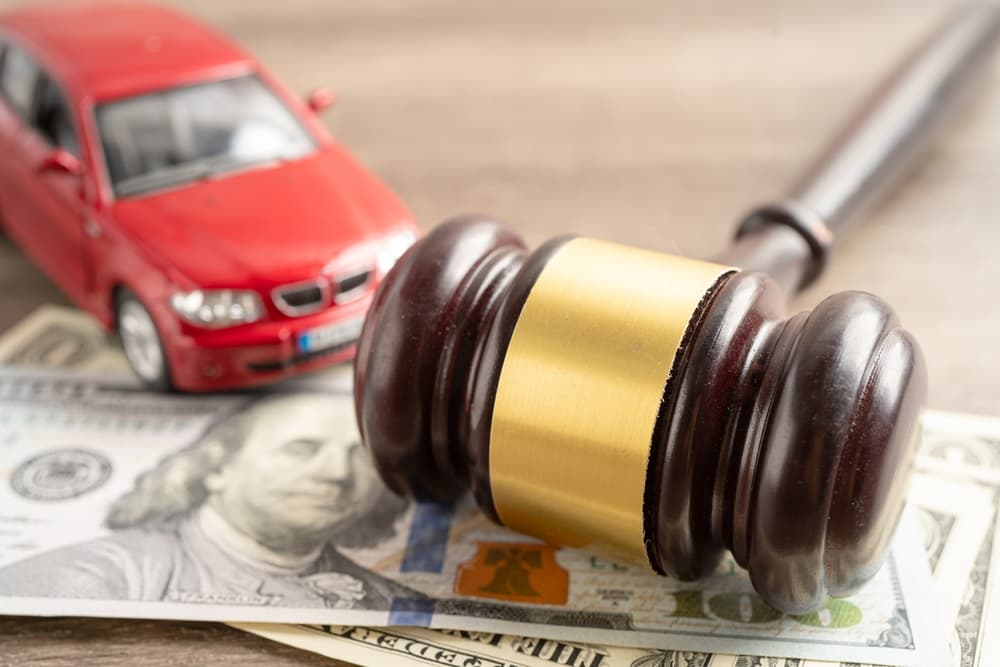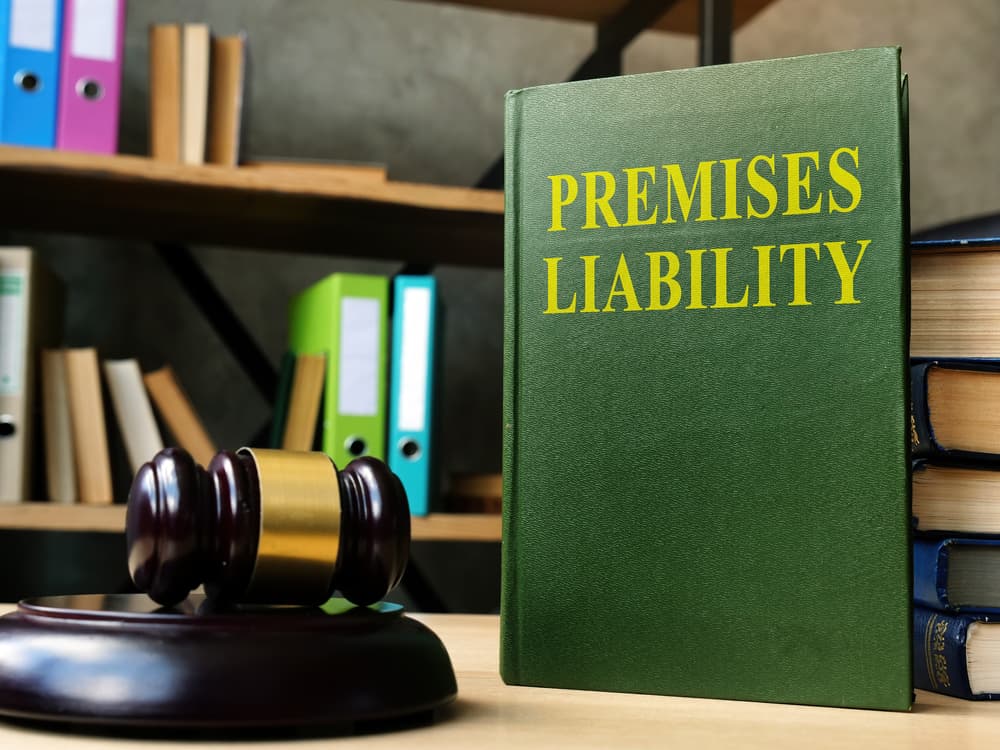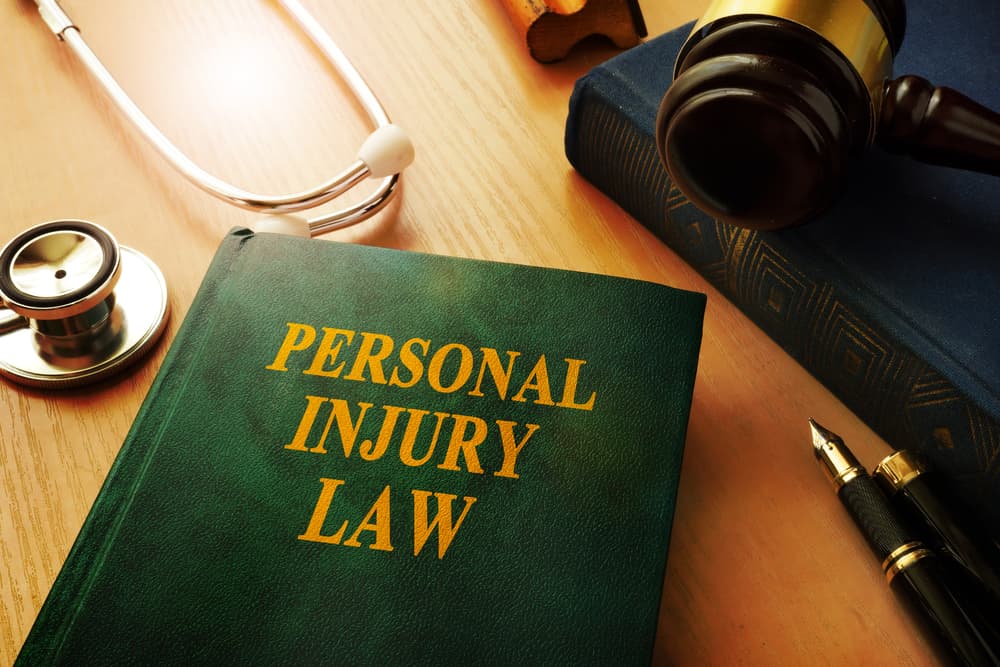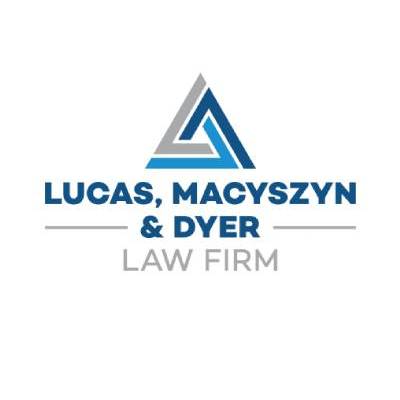
Have you ever suffered an injury from a faulty household product? If you have experienced that, you may have a product liability claim.
Product liability is the legal principle allowing consumers to pursue compensation for injuries resulting from faulty products. A manufacturer may be liable under strict liability, negligence, or breach of warranty.
The three types of defects include design defects, manufacturing defects, and failure to warn. Read on to learn more about these defects and how buyers prove their claims with the help of an experienced product liability lawyer.
Elements of a Product Liability Claim

If a defective product caused your injury, you might recover compensation under negligence, strict liability, or breach of warranty.
Generally, the elements of a product liability case are:
- The buyer purchased a defective product from the seller.
- The product was defective when the buyer received it.
- The buyer suffered an injury.
- The defect caused the buyer’s injury.
Types of Product Defects
There are three types of product defects:
- Design defects
- Manufacturing defects
- Failure to warn
The facts determine under which theory the buyer sues. To recover compensation for injuries from a product defect, a buyer must prove certain legal elements. Below are more detailed descriptions of product defects.
Design Defects
A design defect is a flaw with the product’s design that causes the product to malfunction. When the faulty product causes a customer to suffer an injury, the buyer may have a case for recovery under product liability law.
Generally, a buyer must prove the following to win a design defect product liability case:
- The product posed a risk of danger
- The risk of danger was foreseeable
- The buyer used the product as intended
- The buyer suffered an injury
In addition to the above elements, many states require the buyer to prove that an alternative design is safer for consumers. This is called the alternative design test.
The Alternative Design Test
The buyer can use the alternative design test to prove that a design defect was present in the product.
The elements of the alternative design test are:
- A hypothetical alternative design exists that is safer for customer use.
- The alternative design the buyer presents is as practical as the original design.
- The alternative design does not put an economic burden on the seller.
- The new design keeps the primary purpose of the original design.
When an attorney does not represent a buyer, it can be challenging to prove that an alternative design meets each of the above criteria. Using a product liability attorney may give injured consumers access to the attorney’s pool of expert witnesses who can prove the availability of an alternative design that meets the elements of the alternative design test.
Limits on the Alternative Design Test
Plaintiffs in product liability cases should be careful when they argue that a reasonable alternative is safer than the original. The products must be comparable. In Niedner v. Ortho-McNeil Pharmaceutical, Inc. 90 Mass. App. Ct. 306 (2016), a teenage girl died from a blood clot she developed after using the defendant’s patch birth control medication.
The plaintiffs argued that birth control pills were a reasonable and safer alternative to the patch; therefore, the design was defective.
The appellate court ruled that the patch and the pill are not equivalent products. The birth control pill is not a reasonable alternative to the patch. Therefore, the design defect claim failed.
If you suspect a design defect caused your injury, contact an experienced product liability attorney. A product liability attorney can help you understand and prove the basis of your claim.
The Consumer Expectation Test
A buyer injured by a faulty product can prove that the defect existed when they suffered an injury using the consumer expectation test. The consumer expectation test is used in strict liability product liability cases to determine whether a manufacturing defect exists in a product.
The buyer must prove the following elements to recover compensation under the consumer expectation test:
- The product put the customer at great risk for injury.
- The product was in a faulty condition.
Consumers have the right to expect that the product they buy will not put them at risk for injury. The consumer expectation test is straightforward. Anyone who buys a good knows immediately if the product performs unexpectedly.
An example of the consumer expectation test at work is defective tires. Consumers expect that new tires will perform without problems. The tires may be defective if the consumer gets into an accident after buying them. The jury can infer that the tires were defective even if the consumer cannot prove there was an alternative design the manufacturer might have used that met the alternative design test.
Alternative to Consumer Expectation Test
If the consumer expectation test does not apply to the buyer’s case, then the risk-utility test may help explain the subpar design.
The risk-utility test requires a jury to perform a cost-benefit analysis to determine whether a manufacturer is liable for the buyer’s injuries. The jury must evaluate whether a change to the original design was safer for consumers.
A manufacturer is responsible for the harm due to defective designs if the likelihood of injury to the consumer outweighs the financial cost to the manufacturer of modifying the design.
According to the risk-utility test, a product is defective if it has the potential to cause serious injury, and changing the design to avoid serious injury is not an economic burden. The consumer can then recover compensation for their injuries.
Manufacturing Defects
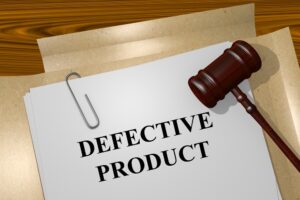
A manufacturing defect is a flaw that happens during assembly. Manufacturing defects are not intentional but may cause serious injuries all the same.
Although manufacturing defects are unintentional, manufacturers may be found liable for placing defective products onto the marketplace under the theory of strict liability. The law of strict liability holds manufacturers accountable for harming consumers even if the manufacturer was not negligent or did not intentionally cause the defect.
In the United States, consumer protection laws require manufacturers to ensure the products they assemble are safe and do not place consumers at an unreasonable risk of harm. There is no federal product liability law. However, each state has its consumer protection law.
To prove a manufacturing defect product liability case, a buyer must show:
- The product the buyer purchased was defective.
- The buyer suffered injuries or other damages.
- The defect present in the product was to only cause, or a significant cause, of the buyer’s injuries or damages.
- The manufacturer knew or should have known that the product was defective, and the manufacturer failed to take corrective action.
Examples of manufacturing defects may include:
- Poorly installed mechanical and electrical parts
- Poor quality materials
- Faulty wiring
- Using incorrect or unreliable materials during assembly (i.e., fasteners, bolts, screws, etc.)
Proving a manufacturing defect can pose a challenge to the buyer. The buyer must show a connection between the defective product and the injury. If the product is unavailable, creating that connection may be difficult. A defect in a car’s steering wheel can cause an accident. If the car gets destroyed and an expert cannot examine the vehicle to find a defect, proving causation can be hard.
Some states allow plaintiffs to prove causation through the malfunction doctrine. The malfunction doctrine allows product liability plaintiffs to prove that a manufacturing defect caused their injury through circumstantial evidence. A jury may infer that a manufacturing defect was present.
Having an experienced product liability attorney can help you overcome this kind of challenge.
Defenses to Manufacturing Defects
A manufacturer has two primary defenses to a product liability claim for a manufacturing defect. A manufacturer may claim modification or assumption of the risk.
To prove the modification defense, a manufacturer must show that the product the buyer changed at some point after it left the manufacturer. A product may pass through many hands before the buyer uses it. Manufacturers, wholesalers, and retailers are all potential defendants in a product liability case.
An assumption of risk defense relies on the manufacturer’s ability to prove that the buyer knew of the potential danger and used the product anyway. However, a manufacturer may be liable for a manufacturing defect under strict liability even if the buyer assumes the risk.
Failure to Warn
If a product may be a danger to consumers, the law requires manufacturers to warn consumers of the risk of danger. A manufacturer’s failure to warn is a basis for a product liability case.
To prove a product liability case based on failure to warn, a buyer must show:
- The manufacturer knew or should have known that the product posed a potential danger to consumers.
- The manufacturer failed to adequately warn consumers of the risk of danger.
- The consumer suffered an injury or damages because the manufacturer failed to warn.
The manufacturer does not need actual knowledge of the potential danger to be found liable for failure to warn. A court may find a manufacturer responsible for a consumer’s injuries if the manufacturer should have known of the potential danger the product posed.
The law requires manufacturers to take reasonable steps to ensure it puts safe products in the marketplace. Manufacturers must continuously monitor goods. A manufacturer must take steps to remove the items from the shelves if the product is dangerous.
A warning label for a potentially dangerous product must:
- Be visible to the consumer
- Contain important information about the potential danger
Manufacturers may place a caution label on the product or in the package. Many manufacturers place the warning on the product itself so it does not go unnoticed. Some power tools have safety warnings printed directly on them to make users aware of the danger.
Defenses for Failure to Warn
Manufacturers may have a defense to a failure to warn product liability claim if the risk was obvious or the misuse of the product was unforeseeable.
Risks are obvious if there is no doubt about the danger associated with using the product.
Manufacturers do not have to warn consumers about clear risks. For example, using matches involves fire, and that risk is obvious.
Manufacturers also do not have to warn consumers of dangers caused by misuse. A manufacturer may not be liable for injuries if a consumer uses industrial-strength adhesive glue on their hair or skin.
Damages Available in Product Liability Cases
Buyers hurt due to a manufacturer’s failure to warn may be entitled to economic and non-economic damages.
Economic damages include current and future medical bills, lost wages, lost earning capacity, and other physical losses.
Non-economic damages may include pain and suffering and mental or emotional trauma.
How Can a Product Liability Attorney Help Me?
Product liability claims are complex, and the odds of success are much lower without an experienced attorney.
A product liability attorney can:
- Determine whether you have a design, manufacturing, or failure to warn claim
- Investigate the case and collect evidence to help build a strong case
- Rely on expert witnesses and other resources to prove each element of your product liability case
- File written motions when necessary
- Complete discovery on your behalf
- Ensure that all procedural deadlines are complied with
- Prepare witnesses to give their testimony in court
- Help you calculate your current damages and estimate the damages you may continue to have in the future
- Find all responsible parties
- Negotiate on your behalf with insurance companies and third parties
- Prepare you for trial
- Help you manage expectations and evaluate whether a settlement offer is satisfactory
- Keep you updated on the progress of your case
- Communicate with medical professionals or medical debt collectors
Contact a Product Liability Attorney Immediately
If you suffered an injury from a household product, contact a product liability attorney in your area. These cases can quickly become overwhelming. You can get discouraged if you do not have a legal team. Manufacturers of unsafe products must be held accountable for the harm they cause. A product liability attorney can help you get the compensation you deserve to get your life back to normal after an accident.

